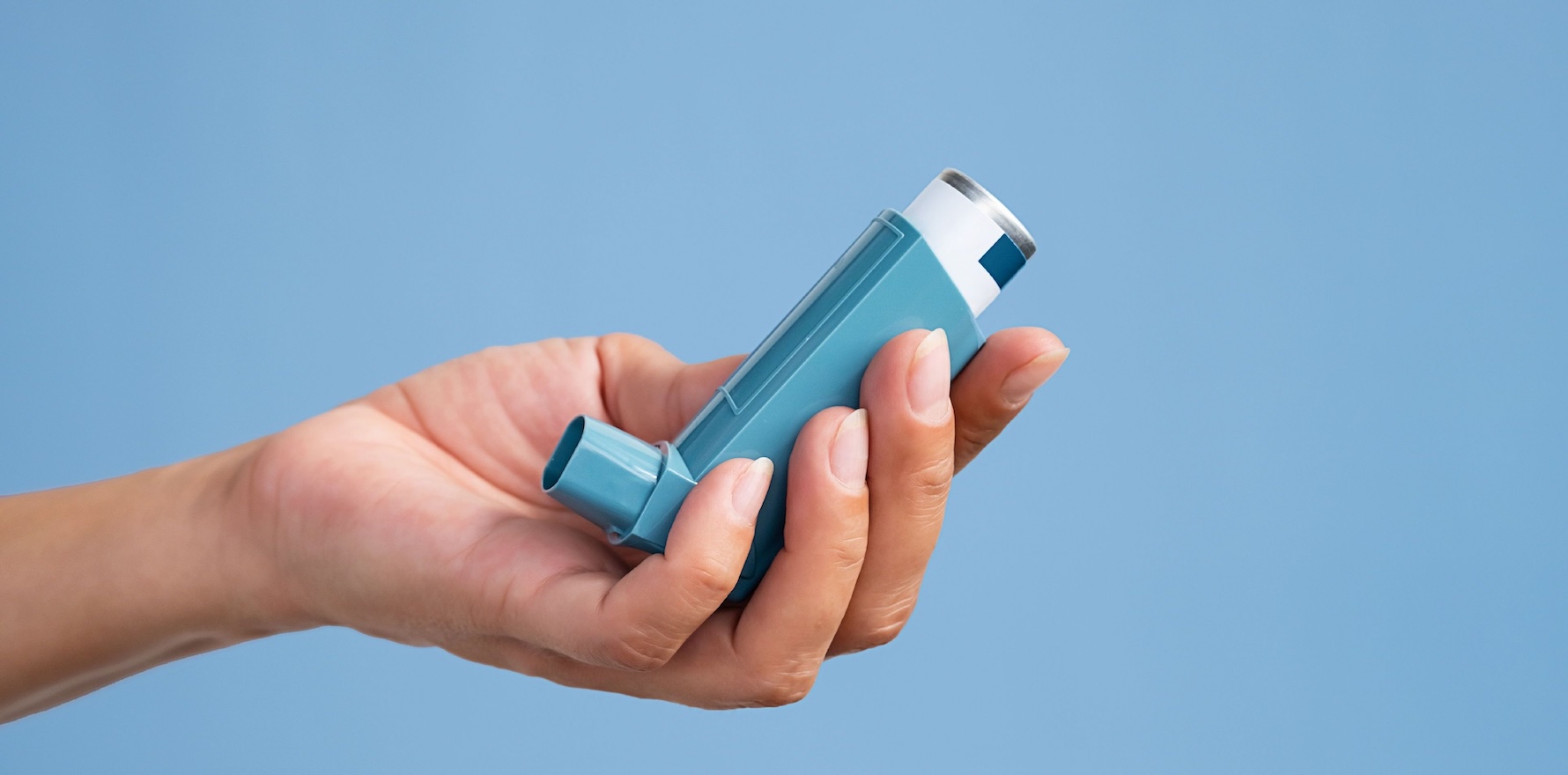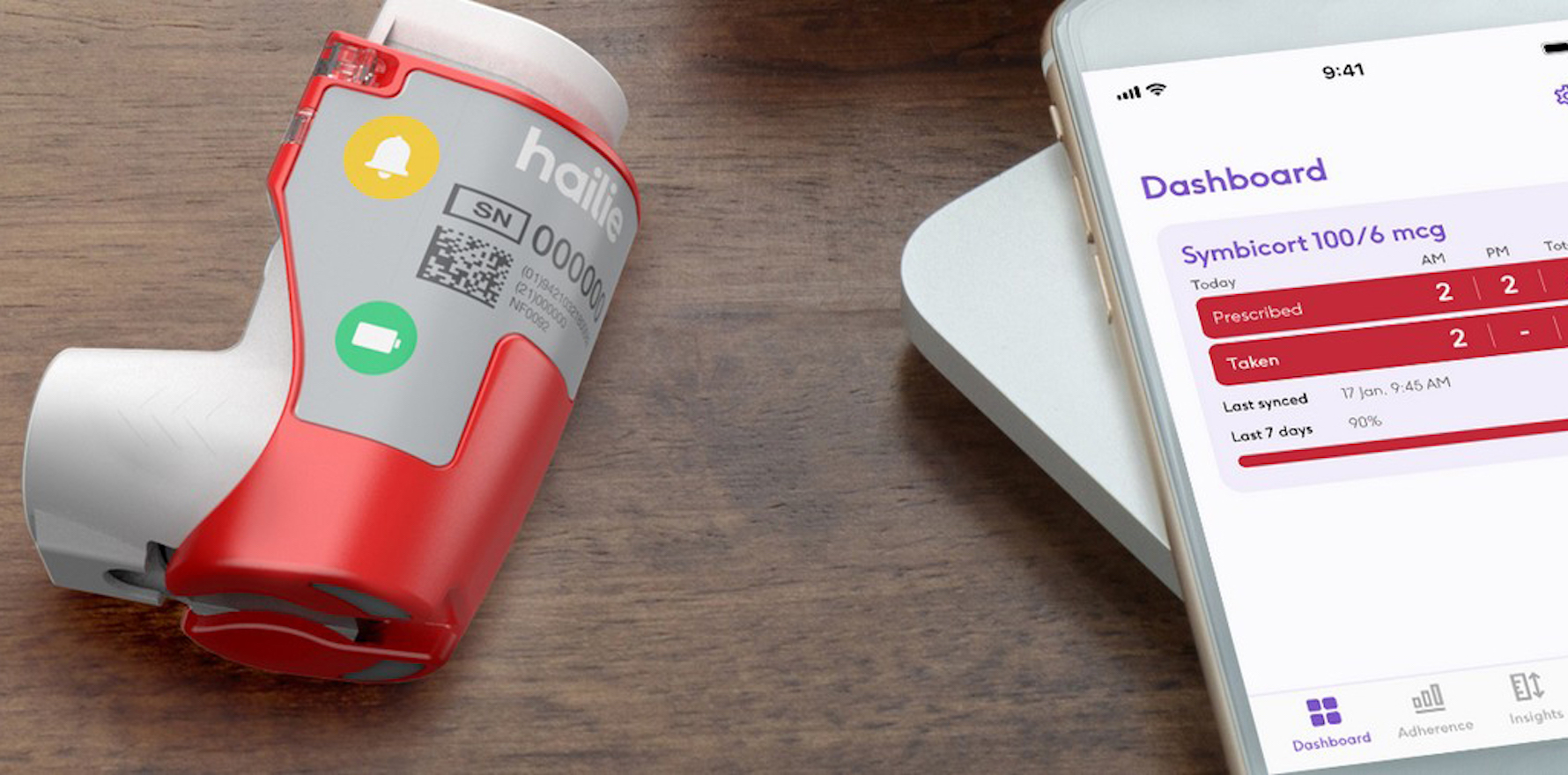One in five paediatric asthma patients who require hospitalisation are back in hospital within 12 months. This finding has one expert calling for better integration of evidence-based, high-quality care in the management of asthma.
Australia has one of the highest prevalences of asthma in the world, accounting for more than a third of the total burden of disease among respiratory conditions.
Around 40% of hospital admissions for asthma are readmissions, suggesting patients are receiving inadequate management or have difficulty controlling their symptoms.
A team of NSW researchers has undertaken a retrospective cohort study to better understand the burden of paediatric asthma readmissions in their state. The findings, published in the journal Respirology, indicate pre-school children have the largest burden of asthma-related readmissions but that readmissions in older children are associated with a far greater financial cost.
“[The authors] have done an excellent job of highlighting what is likely the tip of the iceberg when it comes to the burden associated with repeated childhood asthma exacerbations. Beyond the scope of the current study, but nevertheless a source of significant burden, are asthma exacerbations which are managed in Emergency Departments or the community without admission, which are also often repeated,” Dr Shivanthan Shanthikumar, a paediatric respiratory specialist from Melbourne who was not involved in the current study, wrote in an accompanying editorial.
Researchers identified 28,177 children aged 2 to17 years who had an asthma-related hospitalisation between 2007 and 2022 using a statewide hospital admissions dataset. Roughly one in five of these children (6073, 21.6%) experienced a readmission to hospital due to asthma within 12 months of their first admission.
The children who were readmitted to hospital were younger than those who did not have a readmission (average age 3.8 versus 4.7 years). A greater proportion of children with a readmission lived in major cities (82.2% versus 79.2%), stayed in hospital for at least two days (32.7% versus 27.8% and were admitted to the intensive care unit during their original hospital admission (1.0% versus 0.7%).
The incidence rate of the first asthma-related readmission was the highest in the first month after the initial admission (38.3 per 1000 person-months) but decreased sharply from that point onwards. By the second month the incidence rate was 17.4 per 1000 person-months, at six months after the first hospital admission the incidence rate was 2.7 per 1000 person-months and from nine months onwards the rate was ≤1 per 1000 person-months.
“Hospital discharge without proper disease management, guideline-discordant asthma care, lack of education including reviewing inhaler technique and adequate counselling during discharge have been demonstrated to influence the risk of asthma readmission within the first few months of index hospitalisation,” the researchers wrote.
Related
“Written asthma action plans and reviews of their inhaler technique are the cornerstones of asthma management. However, only two in three children have a written asthma action plan, and over one-third of children do not have a review of their inhaler technique.”
The researchers also had theories as to why asthma-related readmissions were more common among younger children compared to older ones.
“Causal factors may include the high incidence of respiratory infections, particularly viral infections, in this young age group. In addition, environmental triggers such as environmental tobacco smoke, secondary smoking at home, traffic-related air pollution, moulds at home, dust-mite allergens, food allergens and inhalant allergens are causal risk factors for asthma readmissions among young children,” they said.
The average cost of an asthma-related readmission was over $2500, with the total direct medical costs for all first readmissions examined over the study period estimated to exceed $15 million. Readmissions were more costly for older children compared to younger children. The mean cost per readmission was $4392.40 for children aged 10-14 years and $2866.90 in children aged two to four years.
Dr Shanthikumar felt the most likely explanation for the reported readmission rate was a lack of quality care, rather than a lack of effective interventions.
“While not relevant to the entire study period, we now have more evidence-based strategies to prevent asthma admissions in children than ever before. This includes anti-inflammatory (AIR) therapy [either AIR-alone, or as part of maintenance and reliever therapy (MART)], and biologic therapy for the most severe cases,” he said.
“Previously identified issues with current care include overuse of short acting beta agonist (SABA) therapy and oral corticosteroids (OCS), and underuse of asthma action plans and inhaled corticosteroids.
“Barriers to optimal care include prescribing regulations which promote SABA/OCS overuse, national asthma guidelines which have been slow to incorporate new evidence (i.e., eliminating SABA only based care), disjointed care across the healthcare sector and lack of effective patient and family education.”
Incorporating more high-quality care into the delivery of healthcare should be the priority, according to Dr Shanthikumar.
“Such a response should prioritise the vulnerable groups (preschool children and those from disadvantaged areas) who currently are affected disproportionately in terms of both asthma prevalence and the burden of readmissions,” he wrote.
“If such a response occurs, then perhaps Australia will shift from being a world leader in terms of asthma admission rates to a world leader in the asthma care delivered.”





